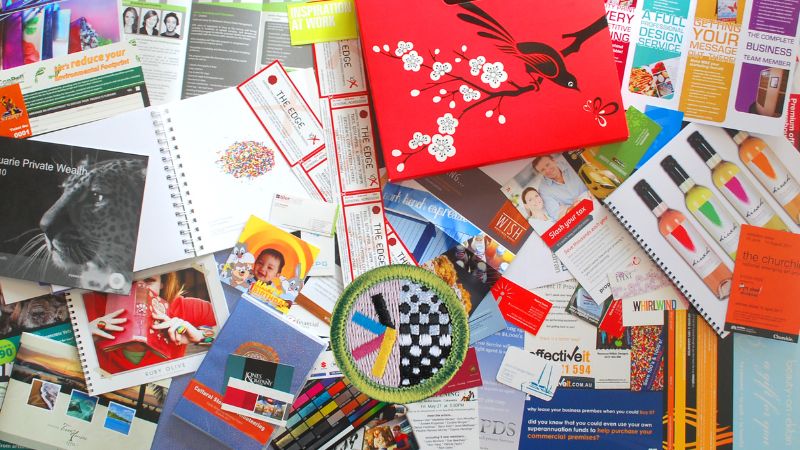The Artistry of Ink: Exploring Printing and Graphic Arts
In the realm of creative expression, printing and graphic arts stand as a testament to the marriage of innovation, design, and technology. This captivating field encompasses a wide array of techniques that have transformed the way we communicate, share ideas, and visually engage with the world. Let’s delve into the fascinating world of printing and graphic arts, exploring its history, techniques, and enduring impact on art and communication.
A Journey Through History
The origins of printing can be traced back to ancient civilizations, where techniques like woodblock printing were used to transfer images onto surfaces. However, it was Johannes Gutenberg’s invention of the movable-type printing press in the 15th century that revolutionized the spread of knowledge. This invention paved the way for the mass production of books and laid the foundation for modern printing practices.
The Rise of Graphic Arts
Graphic arts emerged as a dynamic discipline that fuses artistic creativity with technological prowess. It encompasses various techniques, including typography, illustration, photography, and digital design. These techniques come together to create visual materials that range from posters and packaging to magazines and digital media.
Traditional Techniques
**1. Letterpress Printing: This centuries-old technique involves arranging movable type and then inking the type before pressing it onto paper. It results in a distinctive tactile impression and has found renewed popularity in the age of artisanal printing.
**2. Lithography: Developed in the late 18th century, lithography relies on the principle that oil and water repel each other. An image is drawn or transferred onto a specially prepared stone or plate, and ink is applied to the image areas, then transferred to paper.
**3. Intaglio: Intaglio printing includes techniques like etching, engraving, and aquatint. These involve incising or etching an image onto a plate, inking it, and then transferring the ink to paper under pressure.
The Digital Revolution
The digital age has ushered in a new era of printing and graphic arts. Digital printing allows for quick and cost-effective production of materials, making it easier for artists and designers to experiment with their ideas. Graphic design software and tools have democratized the field, enabling individuals to create visually striking designs without requiring traditional printing skills.
The Intersection of Art and Communication
Printing and graphic arts serve as a bridge between artistry and communication. They enable artists and designers to convey messages, evoke emotions, and tell stories through visual elements. Whether it’s a powerful advertisement, an intricate book cover, or a thought-provoking poster, graphic arts have the ability to capture attention and leave a lasting impression.
Preservation and Innovation
While the digital age has transformed many aspects of printing, traditional techniques still hold immense value. Letterpress studios, printmaking workshops, and artisanal print shops celebrate the tactile and visual beauty of handcrafted pieces. This juxtaposition of tradition and innovation exemplifies the dynamic nature of the field, where the past and present coexist.
Printing and the Future
As technology continues to evolve, the future of printing and graphic arts holds exciting possibilities. 3D printing, for example, has the potential to revolutionize manufacturing, art creation, and even medical applications. Augmented reality and interactive media are also shaping the way we experience visual communication. you can also get from eBay alternative.
A Medium of Connection
From the earliest printed manuscripts to the digital designs of today, printing and graphic arts have been integral to human communication and expression. These mediums have the power to transcend language barriers, cultural differences, and geographical distances, connecting people across time and space through the universal language of visuals.
In essence, printing and graphic arts are a testament to human ingenuity and creativity. They embody the intersection of artistic vision and technological innovation, offering us a kaleidoscope of possibilities to explore, create, and communicate. As we continue to journey into the realm of visual storytelling, one thing remains clear: the artistry of ink and pixels will continue to shape the way we perceive, share, and experience the world around us.






